Blackwater Canyon River Rail Trail
Introduction
Text-to-speech Audio
Images
Blackwater River Rail Trail
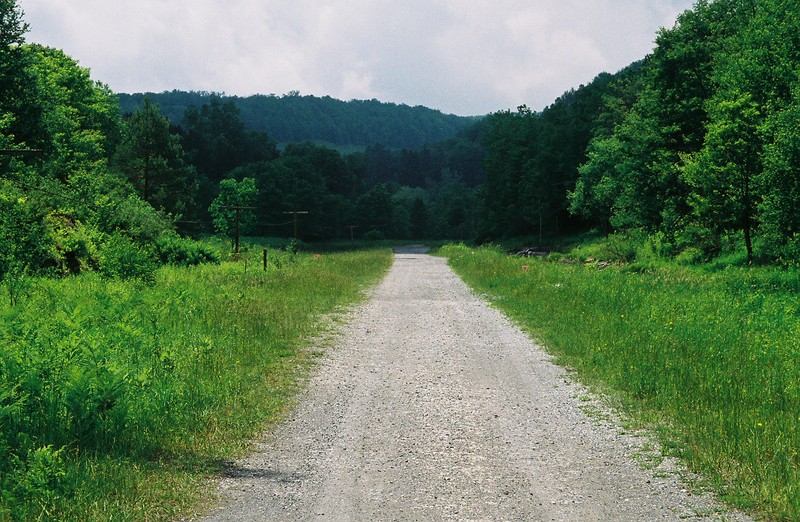
Beehive coke ovens
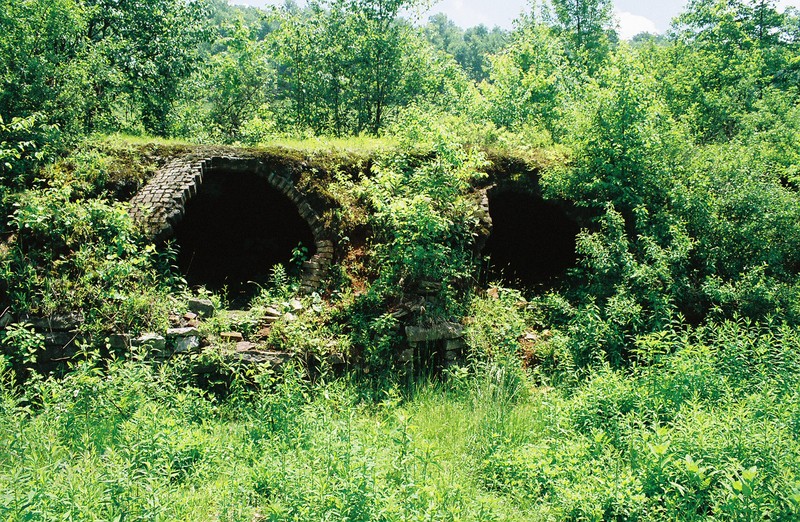
North Fork of the Blackwater River

Douglas Falls
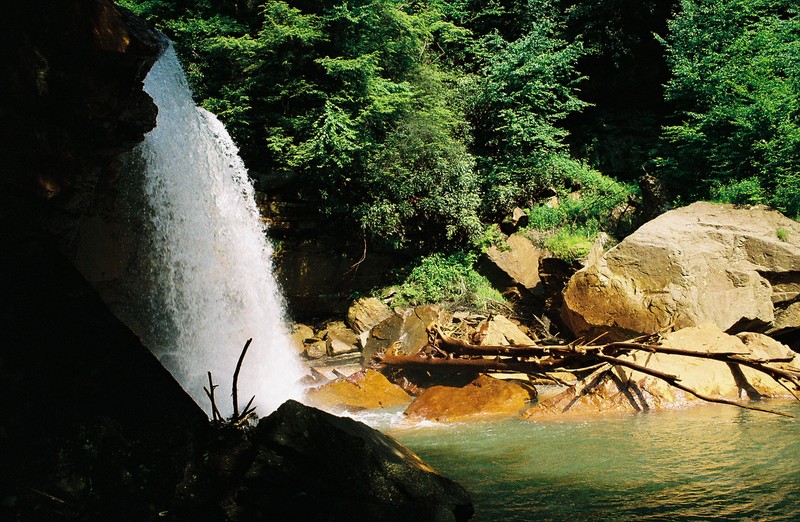
Close Up Beehive Coke Oven
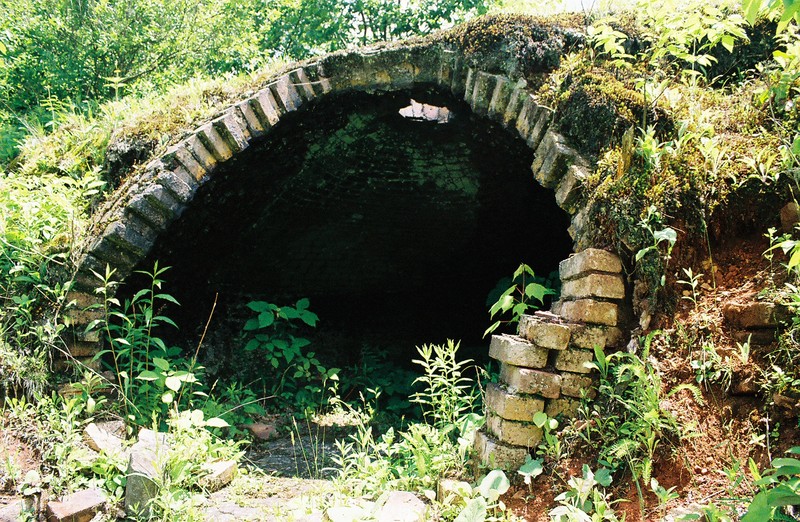
1890s view of coal mining operations of the Davis Coal & Coke Company
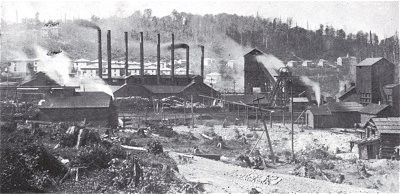
Tipple and coke ovens at Coketon, WV, another property of Davis Coal & Coke Co. This and the first picture are from a reprint of an 1899 book titled "West Virginia Central and Pittsburgh Railway Company."
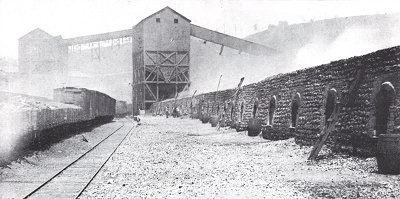
Backstory and Context
Text-to-speech Audio
Blackwater Canyon Rail Trail follows a 14 mile section of the old Western Maryland Railroad. The trail is included in the section built by Henry Gassaway Davis, a self-built mogul who established Thomas and nearby town of Davis in the 19th century boom era in the Blackwater Canyon. Other worldly in appearance and with a unique beauty, Douglas Falls is still a beautiful site to see alongside the trail.
The remnants of the beehive coke ovens are located along the Coketon portion of the trail. Coketon was founded by Henry Gassaway Davis and was the Davis Coal and Coke Company mining town along the North Fork Blackwater River and the West Virginia Central & Pittsburgh Railway. Coketon was a 1.5-mile coking facility that began with two experimental “beehive” ovens in 1887. The company converted coal into coke, the purest form of carbon and a byproduct of coal that was used to smelt iron ore into steel through the Bessemer process. Coke was produced by baking coal in brick ovens until the impurities were burned, regulated by the amount of oxygen allowed into the oven via exterior steel doors.1 The process produced one ton of coke per two tons of coal. Coketon contained 600 ovens, employed over 150 men, and produced 200,000 tons of coke by 1904. For each year between 1915 and 1921, 15 coal mines near Coketon shipped over one million tons of coal, making it the sixth most productive operation in the state.1
A new type of mining technology was introduced in 1915, and allowed the need for coking ovens at the mine site. By 1919, all coking operations at Coketon were abandoned. Coal mining continued; between 1920 and 1940, the Davis Coal & Coke Company operated the vast underground mines until they were exhausted. By 1950, after some restarts, only two mines were in operation: No. 36 and No. 40, with production falling to 100,000 tons per year by 1954.1 All underground mining had stopped by 1956, although a few small surface mines continued until 1965.
The copper tinted water still visible today leaves little doubt as to the extent the coal and coke industry left on the environment for generations to come. Below the coke ovens at Douglas, visitors can view a cranberry bog on the right of the trail. Cranberry bogs normally are native to the Northern United States and Canada but are a unique feature due to the higher elevation of the region. The trail passes large shale outcrops as well as railroad ties, telegraph poles and many other historic artifacts.
